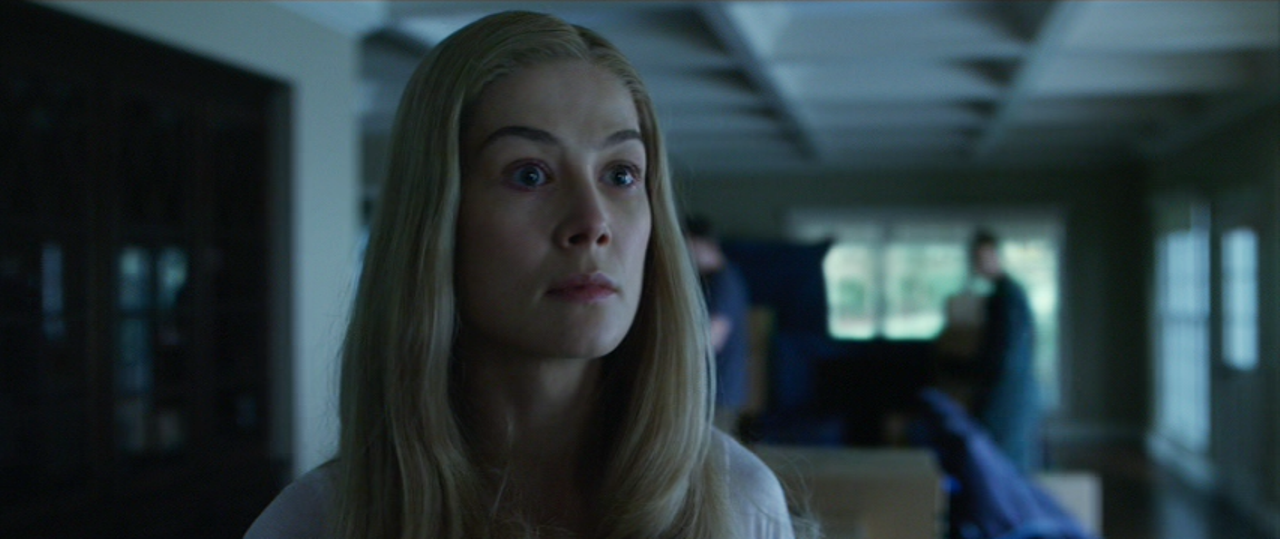
(BBC) (IOL)Īn Australian Special Air Service Regiment soldier Jason Brown, is killed in fighting the Taliban in northern Kandahar Province, Afghanistan. Police shoot dead at least four civilians, including two teenagers, demonstrating against the government in Indian-administered Kashmir protesters say they were unarmed. Department of Agriculture had approved Monsanto's genetically modified sugar beets without adequate environmental study. District Judge Jeffrey White bans the planting of genetically modified sugar beets engineered by Monsanto, ruling that in 2009 that the U.S. Some had gaping holes in their heads, some were weighed down by heavy chains around their feet, and all were incredibly thin and covered in scars.Īlthough her reputation was ruined, LaLaurie was never charged for her offenses.U.S. There, firefighters found seven malnourished enslaved people wearing iron-spiked collars. The 70-year-old Black enslaved woman told officials she started the fire to escape from the pain she was enduring, then directed them to the attic. When firefighters arrived at the scene the night of April 10, they found an enslaved woman chained up in the kitchen, unable to escape, while LaLaurie was frantically trying to save her furniture from the flames.

She then sold them to loyal friends and family members who helped her sneak them back into the estate. The year before, LaLaurie had been ordered to sell the enslaved people after she chased a small enslaved girl over the mansion's roof to her death. On April 10, 1834, a house fire revealed that she had been tormenting and slaying them. While she outwardly treated the enslaved people politely, she hid a horrific secret behind closed doors. Madame Delphine LaLaurie, a New Orleans socialite in the 1830s, often threw parties in her Royal Street home, where several enslaved people served her guests and attended to her needs. His fate, along with the names of many of his victims, remains unknown. Kiss never returned home, and was never seen or heard from again.

He called the constable, who opened the remaining drums to find 24 pickled cadavers. When he opened the first drum, the landlord was overcome by the smell of a decomposing corpse. After hearing rumors that Kiss had been killed in action, his landlord went through his belongings to make room for a new tenant. The women's remains were undetected on his property until he was drafted into the Austro-Hungarian Army in 1914. Still, most people assumed he was using the drums to store gasoline. Kiss stored the drums, filled with the pickled women's remains, on his property, eventually arousing suspicion from neighbors. He drained each woman's blood by making an incision in her neck, then placed her body in a steel barrel filled with methanol. When a woman responded, he would convince her to give him all her money and assets before luring her into his home, where he would strangle her with a rope or his bare hands. In 1903, Béla Kiss began placing ads in newspapers under the alias “Hoffman,” claiming to be a lonely widower looking for a companion. But behind closed doors, the eligible bachelor killed and mutilated at least 23 women before pickling their bodies and storing them in steel drums on his property.

To onlookers, he was a handsome gentleman from Budapest who ran a successful tin business and threw elaborate parties.

All three of their headstones still claim they perished on December 7, 1941. The fates of Endicott, Olds, and Costin remained a well-kept secret for 54 years. Marines and sailors dreaded having to stand duty anywhere within earshot of the wreckage, knowing they would hear the cries of their friends stuck on board with no way to help them. Besides, cutting any type of hole in the vessel would immediately cause the whole room to flood. As the other surrounding noises grew fainter, they realized men were still alive in the storeroom.īecause the water around the battleship was covered in oil, rescuers couldn't use a torch to create an escape. On December 7, most service members thought the banging noises they heard coming from the West Virginia were pieces of loose rigging hitting the side of the ship. Ronald Endicott, Clifford Olds, and Louis “Buddy” Costin were trapped inside the ship when it sank. Once the cadavers were found, fellow service members and friends didn't have the heart to tell their families how they perished. Six months after Pearl Harbor, the salvage crews who raised the remains of the USS West Virginiafrom the ocean found three cadavers in an airtight storeroom, along with empty emergency food rations, used batteries, and a calendar marked with 16 red X's from December 7-23.


 0 kommentar(er)
0 kommentar(er)
